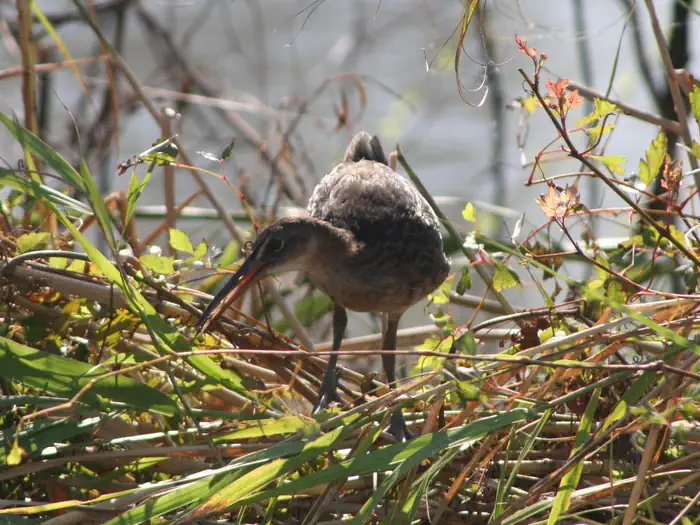Bayou Sauvage Urban National Wildlife Refuge
Overview
Bayou Sauvage Urban National Wildlife Refuge is managed by Fish and Wildlife Service and is located near New Orleans, Louisiana.
Bayou Sauvage Urban National Wildlife Refuge, established in 1990, contains a variety of wildlife habitats, including patches of bottomland hardwood forest; freshwater, brackish and estuarine tidal marshes; lagoons; canals; and natural bayous. The refuge derives its name from the Bayou Sauvage waterway, pronounced “Bye-you So vage” which means “Wild Bayou.” The Bayou Sauvage waterway was once the primary east/west route into and out of the City of New Orleans.
An important stopover along the Mississippi Flyway, these diverse habitats support approximately 340 bird species throughout the year. The American alligator is a common sight at the refuge. Most of the refuge is located inside hurricane protection levees built to protect New Orleans from storm surge and flooding. Because the levees interrupt the natural water flow, a network of pumps and flap gates regulates seasonal water levels. Water is managed to support the summer growth of emergent grasses and provide waterfowl with winter food and sheltering areas. Rainfall is the main source of water for these freshwater marshes. Water levels fluctuate with seasons, rainfall, and water management practices.
It is with respect that we acknowledge that the refuge is on the ancestral lands of the Tchefuncte culture whose villages were here hundreds of years B.C.E. and later the "Chapitoulas," or ‘river people’ as they called themselves, and the Choctaw tribe who came in diaspora.
Things to Do at Bayou Sauvage Urban National Wildlife Refuge
Recreation Activities
Popular activities at Bayou Sauvage Urban National Wildlife Refuge include:
Nearby Activities
- Birding
- Boating
- Fishing
- Hiking
- Historic & Cultural Site
- Hunting
- Interpretive Programs
- Non-Motorized Boating
- Wildlife Viewing
Plan Your Visit
Getting There
From Slidell: Take I-10 west; take Irish Bayou exit #254; turn left onto Highway 11. From New Orleans: Take I-10 east to exit #246A (Chalmette, I-510); go about 2 miles on I-510 to Highway 90 East exit; turn left and go approximately 4 miles. Interpretive kiosks are located on Highway 11 and on Highway 90. The refuge headquarters and visitor center are located in Lacombe, Louisiana, between Mandeville and Slidell. The center is situated at 61389 Highway 434 two miles south of I-12 (Exit 74) and just north of the intersection of Highways 434 and 190. Look for the Big Branch Marsh Refuge sign.
GPS Coordinates: 30.04745070000000, -89.84186400000000
Contact & Resources
Phone: 985-882-2000
Additional Information:

